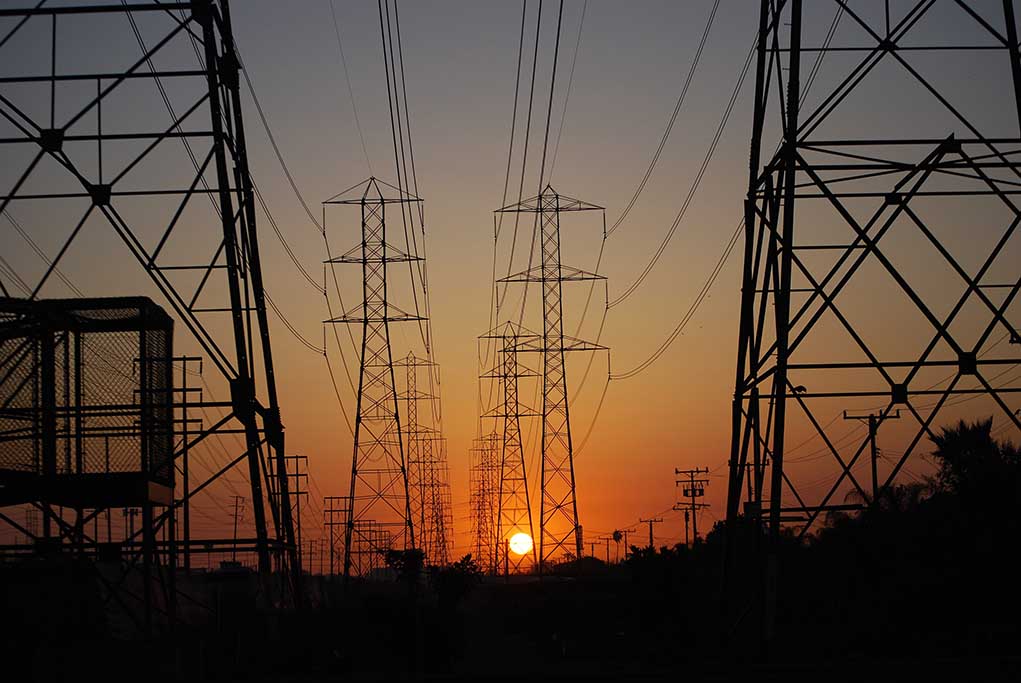
Spain’s massive power outage exposes the dangerous vulnerabilities of green energy dependence as 60 million people are plunged into darkness and chaos, costing the economy billions, while officials scramble to deny renewable energy’s role in the disaster.
Key Takeaways
- Spain’s nationwide blackout caused 15 gigawatts of energy to disappear in five seconds, affecting Spain, Portugal, and parts of France with damages estimated at $2.5-5 billion.
- At the time of the outage, renewable energy sources accounted for 64% of Spain’s electricity production (53% solar, 11% wind), while stable sources like nuclear and gas represented just 15%.
- Despite government denials, energy experts point to grid instability from rapid integration of renewables without adequate stabilization systems and the elimination of traditional power sources that provide crucial grid inertia.
- Spain’s aggressive green energy transition plans to increase renewable electricity from the current 56% to 81% by 2030 while simultaneously decommissioning nuclear plants, raising serious questions about future grid stability.
- Political opposition has called for an independent investigation, suggesting the government is covering up renewable energy’s role due to its massive investments in green energy infrastructure.
Widespread Chaos as Iberian Peninsula Goes Dark
The blackout that struck Spain at 12:33 PM on Monday sent shockwaves throughout the country’s infrastructure, stranding 35,000 passengers who needed rescue from railways and tunnels. Transportation systems ground to a halt as airports shut down, trains stopped mid-journey, and traffic signals failed across the nation. The catastrophic power failure extended beyond Spain’s borders, affecting Portugal and parts of France as well, creating a cascade of disruptions that paralyzed daily life and commerce throughout the region.
While authorities scramble to explain the disaster, the timing is particularly troubling – the blackout occurred precisely when solar power was contributing a massive 53% of Spain’s total electricity generation. Officials at Red Electrica de España (REE), Spain’s grid operator, have hastily denied that renewable energy sources played any role in the catastrophe, but their explanations have left more questions than answers as they struggle to identify the true cause of such a widespread failure.
— Dr. Matthew M. Wielicki (@MatthewWielicki) April 28, 2025
The Green Energy Problem Nobody Wants to Discuss
Despite the government’s insistence that renewable energy wasn’t to blame, energy experts have pointed to fundamental weaknesses in Spain’s increasingly green-dominated grid. Solar and wind energy lack the inertia of traditional power plants, which acts as a stabilizing force during grid fluctuations. As Spain has aggressively pushed renewables while shuttering conventional power plants, this critical stabilizing element has been diminished, creating a precarious balancing act that appears to have finally failed with catastrophic results.
“A lot of renewable energy has been integrated without the responsive stabilisation systems that should have been in place,” said Antonio Turiel, energy expert and scientist at Spain’s Higher Council for Scientific Research (CSIC).
The Spanish government’s environmental minister, Sara Aagesen, has predictably defended the country’s green energy strategy, attempting to dismiss legitimate criticism as political opportunism. “We have native resources – the sun, the wind – in our country and we don’t have fossil fuels or uranium. We do have sun and wind and I think a lot of businesses share our commitment to transforming our energy system and making it more and more renewable,” said Aagesen, seemingly oblivious to the millions of citizens who found themselves stranded in darkness due to this “commitment.”
Political Fallout and Cover-Up Allegations
Prime Minister Pedro Sanchez’s delayed response to the crisis has drawn sharp criticism from opposition leaders who suspect a government cover-up. Miguel Tellado, spokesperson for the main opposition Popular Party, didn’t mince words: “Since REE has ruled out the possibility of a cyberattack, we can only point to the malfunctioning of REE, which has state investment and therefore its leaders are appointed by the government.” This statement highlights the growing suspicion that political appointees may be protecting the government’s massive investment in renewable energy rather than acknowledging its potential role in the disaster.
“The problem wasn’t so much the massive entry of renewables, rather the lack of synchronous generation,” revealed an industry source speaking to ABC News, directly contradicting the government’s official narrative that renewables played no role in the blackout.
Adding to the confusion, Portugal’s grid operator blamed a “rare atmospheric phenomenon,” but Spain’s meteorological agency found no unusual weather conditions at the time of the blackout. This contradictory explanation only fuels suspicions that officials are desperately searching for any explanation that doesn’t implicate their renewable energy strategy.
A Warning for America’s Energy Future
Spain’s power grid collapse serves as a stark warning for the United States as the Biden-Harris administration continues to push for rapid transitions to renewable energy while shuttering reliable baseload power plants. The Spanish blackout demonstrates that without sufficient battery storage, backup generation capacity, and grid stabilization technologies, an over-reliance on intermittent renewable sources can lead to catastrophic failures with enormous economic and human costs.
Former REE chair Jordi Sevilla has criticized the rapid decommissioning of nuclear power plants, which provide stable generation critical for grid stability. Spain’s plan to shut down all nuclear facilities once renewable sources can supposedly replace them mirrors similar shortsighted policies being implemented across Democratic-controlled states in America, potentially setting the stage for similar disasters on American soil if grid reliability continues to be sacrificed at the altar of green energy ideology.
With estimated damages between $2.5 billion and $5 billion from just this single event, the hidden costs of the green energy transition are becoming impossible to ignore, no matter how desperately government officials try to deflect blame from their ideologically driven energy policies.












